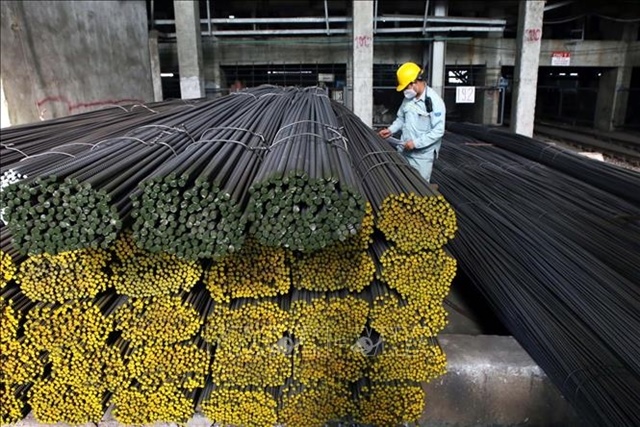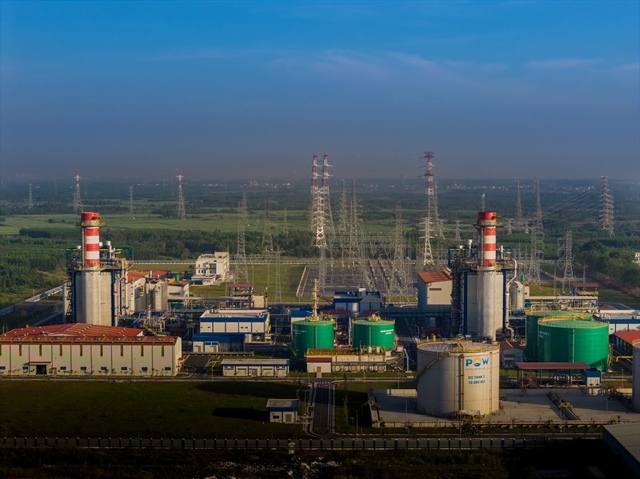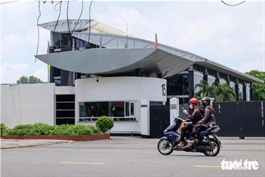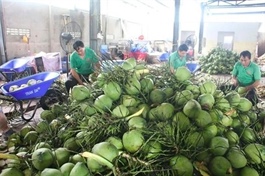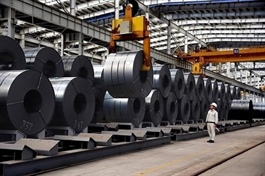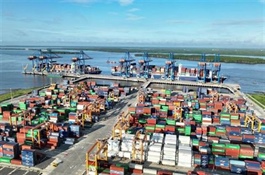Market-based pricing critical to attract investment in electricity industry
Market-based pricing critical to attract investment in electricity industry
Việt Nam needs to raise a more market-based pricing mechanism for electricity to encourage investments in developing power generation sources and grid networks, an online conference held on the Government’s e-portal heard.
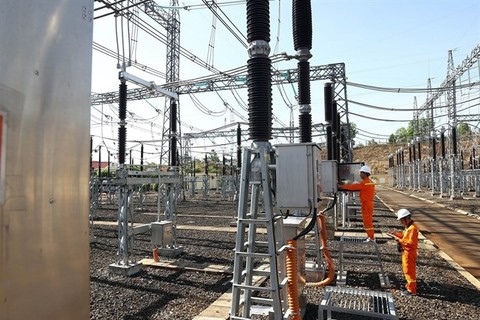
Workers at Việt Nam Electricity check a transformer station in Đắk Nông Province. A market-based pricing mechanism for electricity is critical to create breakthroughs in attracting investments into the sector. — VNA/VNS Photo Huy Hùng |
The comments were made on Tuesday during a discussion about how to attract private capital to the energy sector.
Electricity prices in Việt Nam have not been implemented following market-based mechanism as fluctuations of input costs for electricity production have not been fully reflected in the selling price, Nguyễn Tiến Thoả, former Director of the Price Management Department under the Ministry of Finance, said.
The selling prices can not make up for the production costs, Thoả said, quoting statistics that show the electricity industry incurred an estimated loss of VĐ47.5 trillion (US$1.9 billion) in 2022-23, causing difficulties in term of cashflow for investments in new generation sources and grids.
Thoả also pointed out that there is too much expectation on what electricity prices can do.
“On one side, we expect the electricity prices can make up for the production costs to encourage investments into this sector. On the other side, the electricity prices must be reasonable to ensure social security, energy security and control inflation. There are opposing goals and it is difficult to harmonise all the goals,” he said.
“So it is important to identify the prioritised goals of electricity prices.”
The existing policy of cross-subsidy in electricity prices is also problem and there is a proposal that it should be abolished in the amended Law on Electricity, he said.
Thoả added that social security policies should be separated clearly from electricity prices, to encourage investments in the energy sector.
Agreeing with Thoả, Bùi Xuân Hồi, an expert in energy economics, said that the most important problem lies in pricing.
Each country has a different way to determine electricity prices and there is no standard approach applied for all power systems. However, the calculations are aimed at covering all the costs that cause on the electricity systems, Hồi said.
Around the world, electricity prices are in some way regulated by the government, at certain levels and there is transparency in electricity prices, he added.
Looking at Việt Nam, the electricity prices are based on the average retail electricity price, which is a limitation, but not the core problem of the electricity industry. “The most important thing is still the price management mechanism,” he added.
Actions such as abolishing cross-subsidy in electricity prices could not be implemented immediately to avoid shocks to the economy, but a step-by-step roadmap is needed to bring electricity prices into a more market-based pricing structure.
Emphasising the importance of base energy sources in the electricity source structure, Hồi forecast that electricity prices will continue to increase in the context that input costs, especially oil prices, keep rising. In addition, countries, including Việt Nam, have a target of achieving Net Zero in terms of emissions and there are no cheap clean energies, he said.
Electricity shortage is also a big problem to the Vietnamese economy. If there are no improvements in the electricity price management, the situation will get worse as Việt Nam Electricity (EVN), the largest electricity retailer in the country, will continue to suffer losses and have limited resources for investing in generation sources and grid networks, Hồi said.
The eighth National Power Development Plan (PDP8) is ambitious but it might become beyond reach if the electricity price management is not changed, he stressed.
What to do?
National Assembly deputy Phan Đức Hiếu said that an appropriate mechanism to regulate electricity price is important to accelerate green transition, energy saving and attract investment, as well as moving towards a carbon neutral economy.
The good news is that the Law on Electricity is under consideration for amendments, which will open space for fundamental changes, he said.
Hiếu stressed that the electricity production costs must be calculated adequately, correctly and transparently. The Government subsidies must then be separated in a transparent way, from the actual electricity prices.
It is also necessary to enhance competition in every stage of the electricity market, from generation to retail. In addition, electricity prices must encourage energy saving and efficient energy use, Hiếu said.
He said that along with developing a market-based pricing for electricity, institutional reforms must be accelerated to speed up and increase the efficiency of power projects, which will create room for lowering electricity prices.
From the perspective of an electricity company, Nguyễn Đình Tuấn, director of Sơn Đông Thermoelectricity Plant, said that Việt Nam needs to raise policies to attract investments in energy, especially in the context that the country is striving to achieve Net Zero by 2050, which will require heavy investments in clean and renewable energy such as gas-fired power and wind power.
Profit is an important factor for investors so an appropriate electricity pricing mechanism is vital, Tuấn said.
Việt Nam needs to develop a smart grid and storage systems together with detailed regulations for the implementation of the direct power purchase agreements.
Electricity prices are currently set following the Prime Minister’s Decision No 28 effective since 2014, which has proved to be outdated, Hồi said, adding that amending the regulations on electricity prices is a pressing matter.
Statistics of the EVN showed that electricity prices for production are equivalent to just 84-94 per cent of the average price and even just 52-59 per cent during low peak hours, which discourages energy savings.


